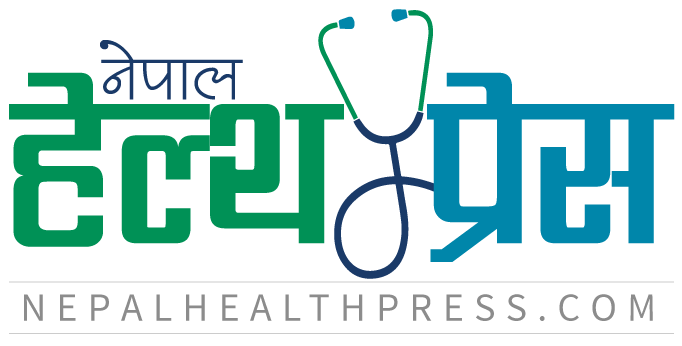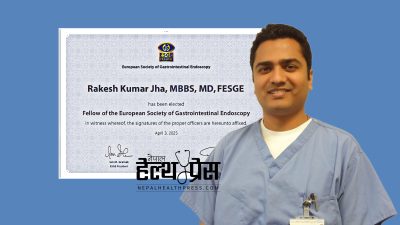Medical Education in Nepal

The history of medical education in Nepal began with the establishment of the Institute of Medicine (IOM) under Tribhuvan University in 1972. Initially, its primary focus was producing mid-level healthcare workers, but it later expanded to include MBBS and postgraduate programs.
In 1978, IOM launched Nepal’s first MBBS program, marking the beginning of undergraduate medical education in the country. However, limited infrastructure and resources posed significant challenges. The political changes in the 1990s, along with liberalization policies, encouraged the establishment of private medical colleges. Today, Nepal has multiple medical colleges affiliated with Tribhuvan University, Kathmandu University, and other universities.
The establishment of BP Koirala Institute of Health Sciences (BPKIHS) in Dharan (1993) as an autonomous health sciences university marked a significant milestone. Similarly, Patan Academy of Health Sciences (PAHS) and National Academy of Medical Sciences (NAMS) emerged as autonomous institutions focusing on quality medical education, particularly for rural healthcare.
Key Milestones in Nepal’s Medical Education
- 1984: Introduction of MD/MS programs, marking the first step toward medical specialization.
- 1990s: Private medical colleges emerged under Tribhuvan and Kathmandu Universities, addressing the growing demand for medical professionals.
- 1993: BPKIHS was established as an autonomous health sciences university.
Despite these advancements, infrastructure remained rudimentary, and a shortage of trained faculty often required reliance on expatriate support.
Medical Education in Nepal: My Tenure as Registrar of Nepal Medical Council
During my two terms as the Registrar of the Nepal Medical Council (NMC), Nepal’s medical education underwent crucial reforms. Our focus was on standardization, quality assurance, and regulatory strengthening, laying the groundwork for future progress.
Key Developments in Medical Education
- Strengthening the Regulatory Framework
We emphasized establishing a robust regulatory framework to govern medical education in Nepal:
Strict accreditation guidelines were formulated for medical colleges.
Regular inspections ensured adherence to standards in infrastructure, faculty, and clinical training facilities.
Standardized licensing examinations were introduced to assess graduates’ competencies effectively.
- Expansion of Medical Institutions
During this period, Nepal saw significant growth in medical colleges. The NMC played a pivotal role in ensuring these institutions met quality benchmarks.
Emphasis was placed on geographic distribution to improve access to medical education in underserved regions.
Collaboration with global medical education bodies (WFME, WHO-SEAR) helped align Nepalese institutions with international standards.
- Introduction of Licensing Examinations
To ensure that only competent and qualified doctors were allowed to practice, we introduced the Nepal Medical Council Licensing Examination (NMCLE), incorporating:
Computer-based testing
Objective Structured Clinical Examination (OSCE) and Objective Structured Practical Examination (OSPE)
This significantly enhanced public trust in the healthcare system and aligned Nepal with global medical education practices.
- Curriculum Standardization
A uniform, competency-based curriculum was introduced across all medical colleges.
Community-based education was prioritized to address Nepal’s diverse healthcare needs.
This curriculum was endorsed by WFME and WHO-SEAR countries’ medical councils.
- Faculty Development and Capacity Building
Recognizing the importance of skilled educators, we initiated faculty development programs:
Workshops and training sessions to enhance teaching methodologies.
Incentives for faculty retention and efforts to attract experts from abroad.
- Promoting Ethical Practices
The NMC took a strong stance on ethics in medical education and healthcare:
Strict actions against institutions involved in unethical admissions or substandard education.
Policies for transparency in admissions and fee structures.
- Global Recognition of Nepalese Medical Education
The NMC worked towards global recognition of Nepalese medical graduates by aligning standards with WFME and WHO.
Collaborations with neighboring countries and international organizations enriched Nepal’s medical education landscape.
The Present Crisis in Nepal’s Medical Education
Despite progress, Nepal’s medical education system faces severe challenges, largely due to political interference, commercialization, and faculty shortages.
- Faculty Shortages and Retention Challenges
Nepal suffers from a severe shortage of trained faculty, particularly in private medical colleges.
Fixed tuition fees set by the Medical Education Commission (MEC) have financially constrained private colleges, making it difficult to offer competitive salaries.
Many experienced faculties are leaving Nepal for better opportunities abroad.
- Disparities Between Government and Private Medical Colleges
Government Colleges:
- High patient flow ensures ample clinical exposure.
- However, infrastructure is inadequate, and many lack trained faculty.
- Faculty appointments are often based on postgraduate degrees rather than teaching experience, which could lead to a future crisis in healthcare management.
Private Colleges:
- Have better infrastructure but suffer from low patient flow, limiting students’ practical experience.
- Controversies and Challenges with MEC
- The MEC was established to centralize medical education governance and reduce corruption.
- However, it has become politicized, prioritizing seat allocation over quality monitoring.
- Its decisions are often politically driven, undermining credibility.
- Economic Challenges in Medical Education
- Medical education is globally expensive, but in Nepal, tuition fees appear high relative to income levels.
- Private colleges provide 10% of seats as scholarships and bear significant infrastructure costs without government support.
- Without periodic fee revisions and financial sustainability measures, faculty retention and education quality will suffer.
- Judicial Involvement in Medical Education
- The courts often intervene in medical education governance, influencing NMC and MEC decisions.
- While judicial oversight ensures accountability, excessive involvement delays reforms and creates conflicts.
The Future of Medical Education in Nepal
Nepal’s medical education system has potential but requires qualitative and quantitative reforms.
Key Focus Areas for Reform
- Faculty Development and Retention
- Offer research grants, housing, and professional development incentives.
- Establish a national faculty development program.
- Infrastructure Improvement in Government Colleges
- Upgrade laboratories, libraries, and classrooms.
- Allocate specific budgets for technology and infrastructure.
- Reform in MEC
- Ensure political and bureaucratic independence.
- Focus on quality assurance in teaching rather than just seat allocation.
- Economic Reforms in Medical Education
- Revise tuition fees periodically to account for inflation.
- Encourage public-private partnerships to share resources.
- Bridging the Urban-Rural Gap
- Strengthen rural healthcare centers.
- Offer financial incentives for rural faculty postings.
- Restoring the Role of NMC and Other Councils
- Empower the NMC to actively monitor educational standards.
- Improve coordination between NMC and MEC to minimize inefficiencies.
Conclusion
Nepal’s medical education stands at a critical juncture. While past efforts have led to significant progress, current challenges threaten the system’s integrity. A unified, politically independent effort is needed to:
- Improve faculty retention and infrastructure.
- Strengthen governance and standardization.
- Bridge urban-rural healthcare gaps.
By implementing structured reforms, Nepal can emerge as a hub for quality medical education, producing competent healthcare professionals capable of competing globally.










प्रतिक्रिया दिनुहोस